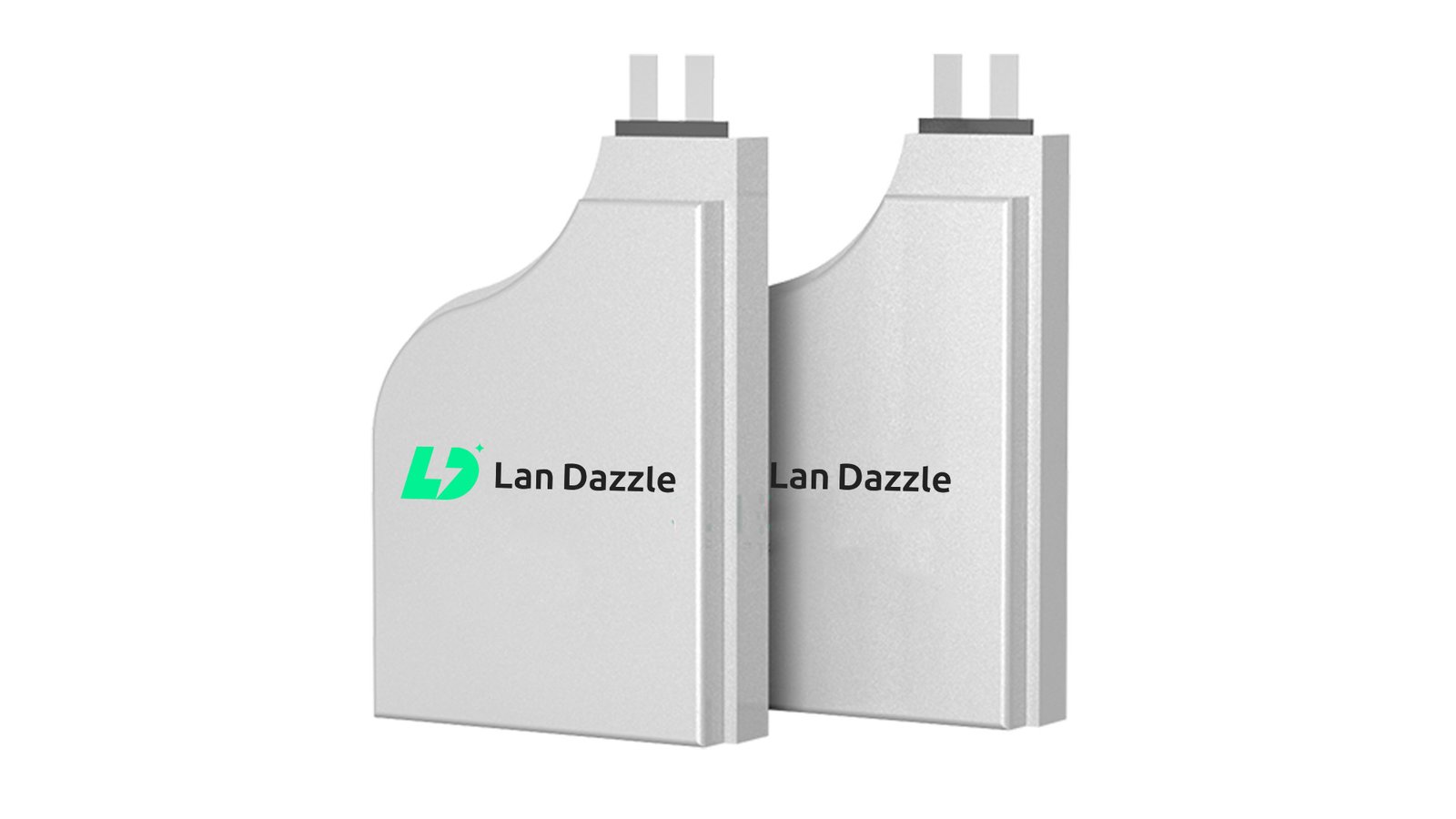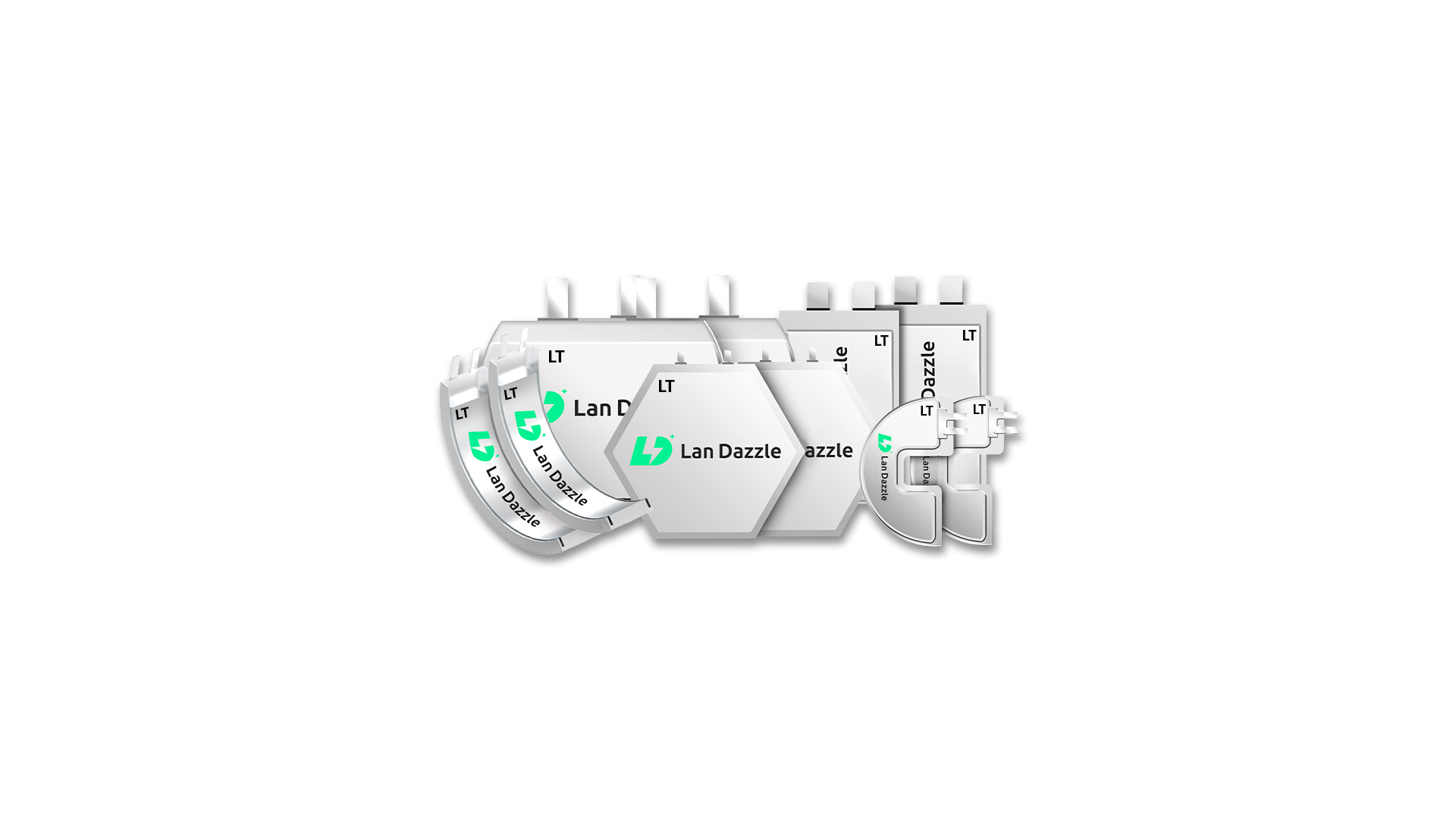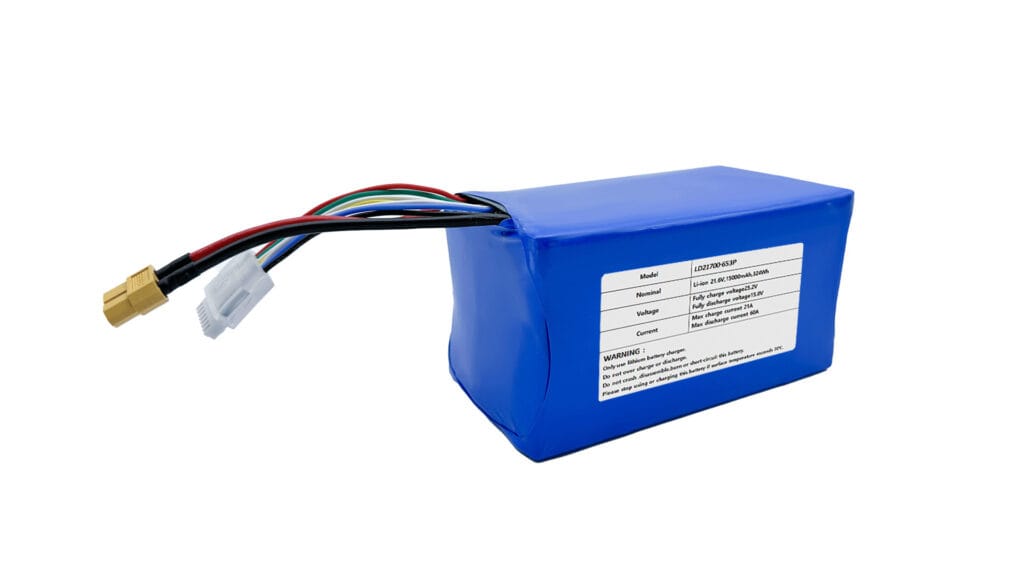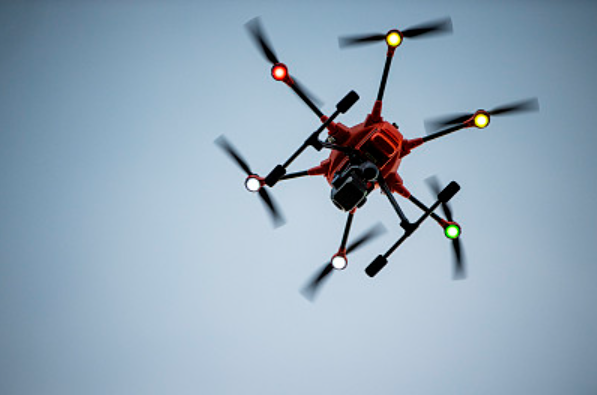The world of electronics is shrinking. From life-saving medical implants to the smart devices we wear on our wrists, consumers and industries alike are demanding smaller, lighter, and more powerful products. This relentless trend toward miniaturization has pushed product designers and engineers to their creative limits. However, there’s often one component that stands in the way of true innovation: the battery. In this guide, we’ll explore the critical role of small custom battery solutions in powering the next generation of space-constrained devices.
The Growing Need for Miniaturization in Electronics
The demand for smaller, more portable, and more powerful electronic devices has never been higher. The global wearable technology market size was estimated at USD 84.2 billion in 2024 and is projected to reach USD 186.14 billion by 2030, growing at a CAGR of 13.6% from 2025 to 2030. This explosive growth is a testament to the insatiable appetite for compact and convenient technology.
The Impact of Miniaturization on Product Design
This drive toward miniaturization has had a profound impact on product design. Engineers are constantly tasked with fitting more features into smaller and more ergonomic form factors. Consider the evolution of the mobile phone, which has transformed from a bulky “brick” into a sleek and powerful supercomputer that fits in our pocket. This same trend is evident in a wide range of industries, from nearly invisible hearing aids to discreet and powerful medical sensors.
The Battery: The Biggest Hurdle in Miniaturization
Despite these advancements, one fundamental challenge remains: how to power these incredible devices. The battery is often the largest and heaviest component in a portable electronic device, making it the primary obstacle to further miniaturization. Standard, off-the-shelf batteries come in predefined shapes and sizes, which can severely limit a product’s design possibilities. For designers of space-constrained devices, this can be a major roadblock to innovation.
Key Considerations for Designing Custom Batteries for Small Devices
When an off-the-shelf battery just won’t do, a custom solution is the answer. Designing a custom battery allows you to tailor the power source to the specific needs of your device. Here are some of the key considerations to keep in mind:
Form Factor and Size Constraints
One of the most significant advantages of a custom battery is the ability to create a unique form factor that perfectly fits your device. This can be especially valuable in devices with irregular shapes or limited internal space. For example, a curved battery can be designed to fit snugly within a smartwatch, maximizing battery capacity without compromising the device’s ergonomics. In some cases, a custom-shaped battery can increase the available battery capacity by as much as 25%.
Energy and Power Density
When it comes to batteries, the terms “energy density” and “power density” are often used interchangeably, but they refer to two distinct characteristics.
- Energy Density (Wh/kg): This measures how much energy a battery can store relative to its weight. A higher energy density means a longer runtime for a given battery size.
- Power Density (W/kg): This measures how quickly a battery can deliver its energy. A higher power density is important for devices that require short bursts of high power, such as a power tool or a drone.
For most space-constrained devices, high energy density is the primary goal, as it allows for the longest possible runtime in the smallest and lightest package.
Battery Chemistry: Choosing the Right Fit
The chemistry of a battery plays a crucial role in its performance, size, and safety. The two most common chemistries for small custom batteries are:
- Lityum-İyon (Li-ion): Li-ion batteries offer a good balance of energy density, power density, and cycle life. They are a popular choice for a wide range of portable electronics.
- Lithium-Polymer (LiPo): LiPo batteries are a type of Li-ion battery that uses a polymer electrolyte instead of a liquid one. This allows them to be made in very thin and flexible shapes, making them ideal for devices with unique form factors.
The choice of battery chemistry will depend on the specific requirements of your device, including its size, power needs, and operating environment.
Güvenlik ve Güvenilirlik
Safety is paramount when it comes to battery design, especially for devices that are worn on the body or used in medical applications. A well-designed Batarya Yönetim Sistemi (BMS) is essential for ensuring the safety and longevity of a custom battery pack. A BMS is a small electronic circuit that monitors and protects the battery from overcharging, over-discharging, and short circuits.
In addition to a robust BMS, it’s crucial to ensure that your custom battery meets all relevant safety standards, such as BM 38.3 (for transportation) and IEC 62133 (for safety).
Applications of Small Custom Battery Solutions
The versatility of small custom battery solutions makes them an ideal choice for a wide range of applications across various industries.
Giyilebilir Teknoloji
From smartwatches and fitness trackers to smart rings and augmented reality glasses, the wearable technology market is booming. These devices require small, lightweight, and long-lasting batteries that can be comfortably worn all day. A custom battery can be designed to fit the unique shape of a wearable device, maximizing its battery life and user comfort.
Tıbbi Cihazlar
In the medical field, reliability and safety are non-negotiable. Custom batteries are used to power a wide range of medical devices, from implantable pacemakers and neurostimulators to portable patient monitoring systems and drug delivery patches. These batteries must be designed to meet stringent medical-grade standards and provide a reliable source of power for critical applications.
Nesnelerin İnterneti (IoT)
The Internet of Things (IoT) is connecting our world in unprecedented ways, from smart home devices and industrial sensors to agricultural monitors and asset trackers. Many of these devices are placed in remote or hard-to-reach locations, making battery life a critical concern. A custom battery solution can be designed to provide a long and reliable power source for these devices, reducing the need for frequent battery replacements.
Tüketici Elektroniği
The world of consumer electronics is fiercely competitive, with product designers constantly striving to create the next must-have gadget. A custom battery can provide a key competitive advantage, enabling sleeker designs, longer runtimes, and more innovative features. From wireless earbuds and portable speakers to handheld gaming devices and drones, custom batteries are at the heart of many of today’s most popular consumer products.
The Custom Battery Design and Manufacturing Process
Bringing a custom battery from concept to reality is a collaborative process that involves several key steps:
Step 1: Consultation and Design
The process begins with a detailed consultation with a team of experienced battery engineers. During this phase, you’ll discuss the specific requirements of your device, including its size, power needs, operating environment, and desired runtime. Based on this information, the engineering team will develop a custom battery design, which may include 3D models and initial prototypes.
Step 2: Sourcing and Manufacturing
Once the design is finalized, the next step is to source the highest-quality cells and components for your battery pack. The manufacturing process involves assembling the cells, integrating the BMS, and enclosing the battery in a custom housing. Throughout this process, strict quality control measures are in place to ensure the consistency and reliability of every battery pack.
Step 3: Testing and Certification
Before a custom battery can be shipped, it must undergo a series of rigorous tests to ensure its safety, performance, and reliability. This includes testing for overcharging, over-discharging, short circuits, and a variety of environmental conditions. The battery must also be certified to meet all relevant industry and transportation standards, such as those from UL Çözümleri and the International Electrotechnical Commission (IEC).
The Future of Small Battery Technology
The world of battery technology is constantly evolving, with researchers and engineers working to develop new and improved power solutions.
Katı Hal Aküleri
One of the most promising areas of battery research is in solid-state batteries. These batteries use a solid electrolyte instead of the liquid electrolyte found in traditional Li-ion batteries. This has the potential to double the energy density of current batteries while also improving their safety and lifespan. While solid-state batteries are still in the early stages of development, they hold the promise of a new era of smaller, lighter, and more powerful electronic devices.
Other Emerging Technologies
In addition to solid-state batteries, researchers are also exploring a variety of other exciting new technologies, including micro-batteries that are the size of a grain of sand, and flexible batteries that can be bent and stretched without losing their power. These innovations could open up a world of new possibilities for product designers in the years to come.
Sonuç
In a world that demands smaller, smarter, and more powerful devices, the humble battery has become a critical component of innovation. For designers of space-constrained devices, a standard, off-the-shelf battery is often not enough. A small custom battery solution can provide the perfect balance of size, power, and reliability to bring your vision to life. By working with an experienced and reputable custom battery provider, you can ensure that your next product is powered for success.
In a world where devices are shrinking but performance demands are growing, small custom battery solutions offer the flexibility and efficiency required to power innovation. Whether you’re developing next-generation wearables, compact medical devices, or ultra-slim consumer electronics, a tailored power source is key to success.
At Lan Dazzletasarım ve üretim konusunda uzmanız özel lityum polimer piller that perfectly fit your device’s size, shape, and power requirements. With years of experience and a commitment to quality, we provide compact, high-performance battery solutions that meet your unique specifications.
Bize şu adresten ulaşın info@landazzle.com to explore our custom battery solutions today and see how we can help you bring your space-constrained devices to life.





